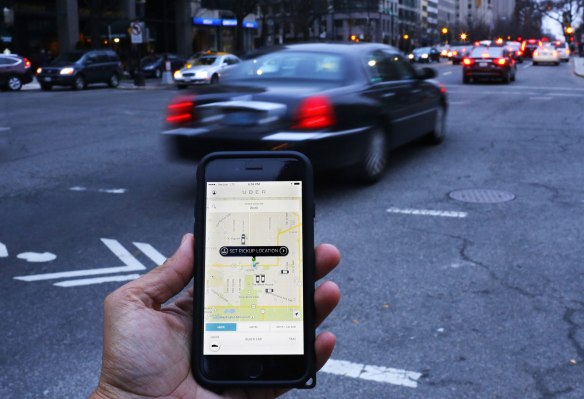Uber has poached a second executive from Google Maps. Manik Gupta announced on LinkedIn today that he is now Uber’s director of products for maps, after leaving a similar position at Google Maps.
At his new job, Gupta will reunite with Brian McClendon, who led the development of Google Maps and Google Earth before joining Uber as its vice president of advanced technologies in June. Specifically, McClendon’s responsibilities include mapping and vehicle safety and the development of autonomous vehicles.
In his LinkedIn post, Gupta, who joined Google in 2007 as Map Maker’s product manager, wrote:
The problem space around “helping move X from point A to point B” has always intrigued me. During my career I have understood this problem more deeply via founding an e-commerce startup to managing Hewlett-Packard’s online stores Asia operations and finally via building maps at Google. Uber’s version of this problem fascinates me tremendously and I look forward to learning a lot more.
Over the past year, Uber has made big moves to improve its location and mapping technology. The company is still best-known to consumers as a convenient app-based alternative to hailing taxis by the side of the road. Uber, however, sees itself as more than just a transportation company.
To underscore that, Uber has gone on a hiring spree, luring away some of the top researchers and executives from both the academic and corporate worlds. In fact, Uber reportedly poached so many of Carnegie Mellon’s scientists that it ended up donating $5.5 million to the university to sponsor a new robotics faculty chair and three graduate fellowships.
Earlier this year, Uber also acquired assets from Microsoft Bing, including 100 employees who handle data and image collection and bought a mapping tech startup called deCarta to improve services like UberPOOL and how it calculates estimated-time-of-arrivals.
Its mapping cars have been spotted in the wild and will help decrease Uber’s reliance on maps made by Google and other companies.
Since Uber is essentially a logistics technology company that needs to figure out how to coordinate large numbers of people and vehicles (and, in some cases, on-demand deliveries) as efficiently as possible, building out its own algorithms and maps instead of relying on third-party services is crucial to its success.
In between the autonomous cars, maps packed with real-time data, and the amount of top talent now working for it, Uber’s new location technology may eventually make its “God View tool” — once held up as an (cautionary) example of Uber’s prowess — look almost primitive in comparison.
